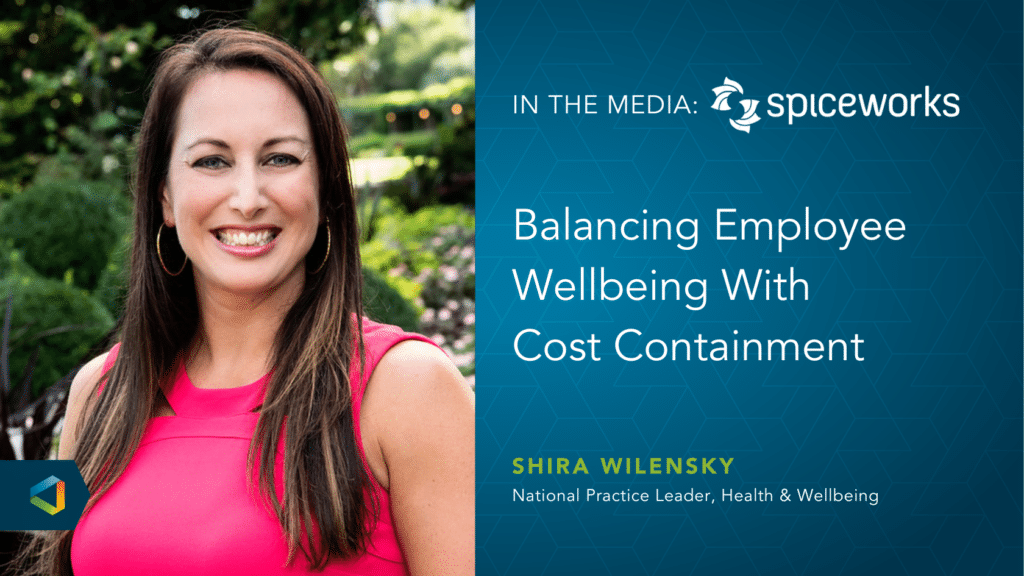You say Wholistic, I say Holistic: What Does it Mean for Your Employee Wellbeing Program?
As a health and wellbeing industry professional, I’m often asked to define an industry term or assess the value of certain types of programming options for a worksite population. I was recently asked about the concept of wholistic vs. holistic. It’s important to consider the differences between the two terms— although you will find they are consistently used interchangeably—when developing your own corporate wellbeing program.
Wholistic vs. Holistic
By definition, “wholistic” programs offer a fully integrated, wide scope of services meant to positively impact the whole human being— such as physical mental, social spiritual, and financial. “Holistic” worksite programs—while also affecting spirit, mind and body connections—also include alternative eastern philosophies and healing systems such as homeopathy and naturopathic therapy methods.
Which is Best for Your Business?
For most employers, a wholistic model will provide a more personalized approach to your employee health and wellness initiatives. Termed wellbeing—versus wellness— the wholistic model provides opportunities to drill down more specific employee health concerns. For example, in the past many employers have offered stress management programs as a way to aid in healthier stress scores, as well as reduce hypertension and heart disease. A wholistic program looks to focus on the root of the stress and offers programs to help your staff address those areas for improved self-care.
Consider implementing the following wholistic programs that address the cause of the stress, not just the resulting stress symptoms:
- Conduct a "lunch and learn" on tips for financial health and wellbeing
- Provide resources on ways to address eldercare issues
- Encourage parents to attend classes on navigating the college age child, teenage years, or even new parents
Employers could also consider working with a health coach to set goals and closely monitor and reward the steps your employees are taking along their wellness journey. Health goals may include lowering body mass index (BMI), blood pressure, losing weight or accomplishing a fitness hurdle.
The key to a successful wholistic program is integration of wellbeing into all aspects of the corporate culture.
From your company intranet to the cafeteria, your company’s wellbeing strategies should be evident. While this may be seen as a longer-term strategy to develop, you will be recognizing the importance of health and wellbeing as an important driver of employee satisfaction and overall business performance.
A recent Gallop study reported that lack of employee engagement has been directly linked to increased absenteeism and presenteeism, (working while sick), resulting in lower levels of performance and decreased overall productivity. A focus on greater employee engagement with a wholistic wellbeing program will be time well spent leading to many positive effects to your company’s bottom line.




